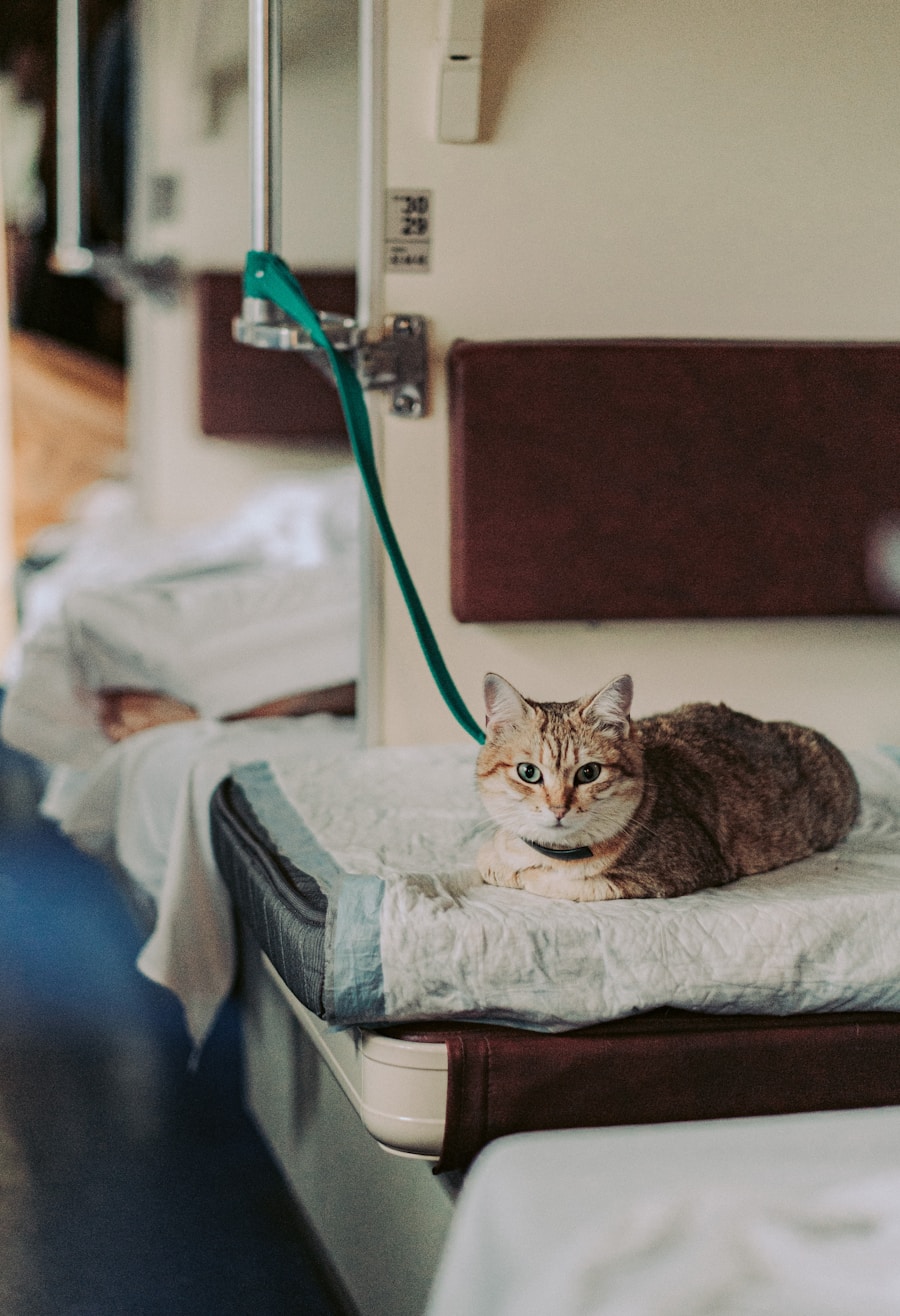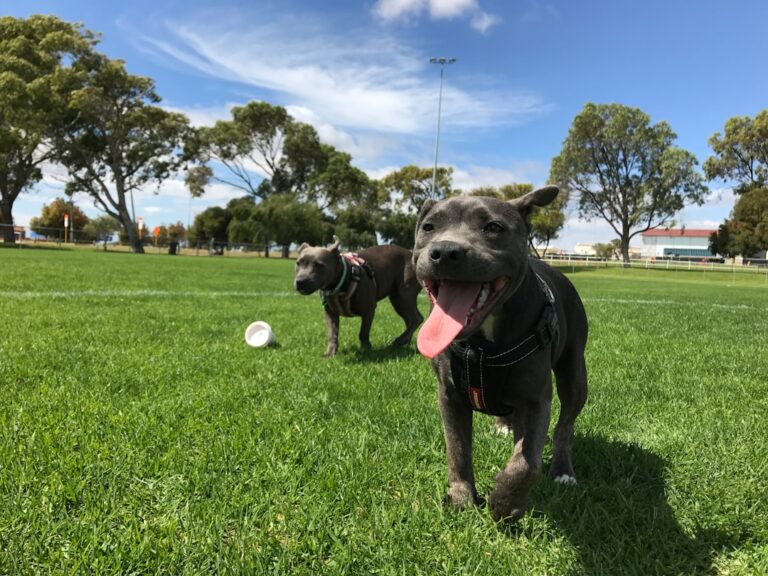The foundation of a pet’s health lies in its nutrition and diet. A well-balanced diet tailored to the specific needs of the animal can significantly influence its overall well-being, longevity, and quality of life. For instance, dogs and cats have different dietary requirements; while dogs are omnivores and can thrive on a variety of foods, cats are obligate carnivores, necessitating a diet rich in animal proteins.
Pet owners must be vigilant in selecting high-quality commercial pet foods or formulating homemade diets that meet the nutritional standards set by organizations such as the Association of American Feed Control Officials (AAFCO). This ensures that pets receive essential nutrients, including proteins, fats, carbohydrates, vitamins, and minerals. Moreover, the age, breed, size, and health status of a pet play crucial roles in determining its dietary needs.
Puppies and kittens require diets that support their rapid growth and development, often enriched with higher levels of protein and fat. Conversely, senior pets may benefit from diets lower in calories but higher in fiber to aid digestion and maintain a healthy weight. Additionally, pets with specific health conditions—such as diabetes, kidney disease, or allergies—may require specialized diets formulated to manage these issues effectively.
Regularly consulting with a veterinarian can help pet owners make informed decisions about their pets’ dietary needs and adjust their feeding practices as necessary.
Key Takeaways
- Nutrition and Diet:
- Provide a balanced and nutritious diet for your pet to support their overall health and well-being.
- Consult with a veterinarian to determine the best diet for your pet’s specific needs and life stage.
- Exercise and Physical Activity:
- Regular exercise is essential for maintaining a healthy weight and promoting good physical and mental health for your pet.
- Engage in activities that are appropriate for your pet’s breed, age, and physical condition.
- Regular Veterinary Check-ups:
- Schedule regular check-ups with a veterinarian to monitor your pet’s health and address any potential issues early on.
- Stay up to date with vaccinations, dental care, and other preventive measures recommended by your veterinarian.
- Mental Stimulation and Enrichment:
- Provide mental stimulation and enrichment activities to keep your pet engaged and prevent boredom.
- Offer toys, puzzles, and interactive games to promote mental well-being and prevent behavioral issues.
- Proper Grooming and Hygiene:
- Regular grooming and hygiene practices, such as bathing, brushing, and nail trimming, are essential for your pet’s overall health and comfort.
- Pay attention to your pet’s dental care and ear cleaning to prevent dental disease and ear infections.
- Vaccinations and Preventative Care:
- Stay current with vaccinations and preventive care measures to protect your pet from common diseases and health risks.
- Discuss with your veterinarian about the appropriate vaccination schedule and preventive care options for your pet.
- Parasite Control:
- Implement a parasite control program to protect your pet from fleas, ticks, heartworms, and other parasites.
- Use preventive medications and regular grooming to minimize the risk of parasite infestations.
- Environmental Safety and Pet-proofing:
- Create a safe and pet-friendly environment by pet-proofing your home and yard to prevent accidents and injuries.
- Keep toxic substances, small objects, and hazardous plants out of reach of your pet.
Exercise and Physical Activity
Exercise is an integral component of a pet’s health regimen, contributing not only to physical fitness but also to mental well-being. Regular physical activity helps maintain a healthy weight, strengthens muscles and bones, and promotes cardiovascular health. For dogs, daily walks, playtime in the yard, or engaging in activities like fetch or agility training can provide the necessary exercise to keep them fit and happy.
Cats, while often perceived as less active, also require stimulation; interactive play with toys that mimic prey can encourage them to engage in physical activity, helping to prevent obesity and related health issues. The amount and type of exercise needed can vary significantly between different breeds and individual pets. High-energy breeds such as Border Collies or Labrador Retrievers may require more vigorous exercise compared to lower-energy breeds like Bulldogs or Basset Hounds.
Additionally, age and health status must be considered; older pets may need gentler forms of exercise, such as leisurely walks or short play sessions. Engaging pets in regular physical activity not only fosters a healthy lifestyle but also strengthens the bond between pet and owner through shared experiences.
Regular Veterinary Check-ups

Routine veterinary check-ups are essential for maintaining a pet’s health throughout its life. These visits allow veterinarians to monitor the pet’s overall condition, administer vaccinations, and conduct preventive screenings for common health issues. Early detection of potential problems can lead to more effective treatment options and better outcomes.
For example, regular dental check-ups can help prevent periodontal disease, which is prevalent in many pets and can lead to serious health complications if left untreated. During these check-ups, veterinarians assess various aspects of a pet’s health, including weight management, dental hygiene, skin condition, and organ function. They may recommend blood tests or other diagnostic procedures to identify underlying health issues that may not be immediately apparent.
Furthermore, these visits provide an opportunity for pet owners to discuss any behavioral changes or concerns they may have noticed at home. Establishing a routine schedule for veterinary visits—typically once a year for healthy adult pets and more frequently for seniors or those with chronic conditions—ensures that pets receive comprehensive care tailored to their evolving needs.
Mental Stimulation and Enrichment
| Category | Metrics |
|---|---|
| Reading | Number of books read per month |
| Puzzles | Time spent on solving puzzles per week |
| Learning a new skill | Number of new skills learned in the past year |
| Art and creativity | Hours spent on creative activities per week |
| Brain training games | Score on brain training games |
Mental stimulation is just as crucial as physical exercise for a pet’s overall well-being. Engaging a pet’s mind can prevent boredom-related behaviors such as excessive barking, chewing, or digging. Providing enrichment activities that challenge a pet’s cognitive abilities can enhance their quality of life significantly.
For dogs, puzzle toys that dispense treats when solved can keep them occupied while stimulating their problem-solving skills. Training sessions that teach new commands or tricks not only provide mental challenges but also strengthen the bond between the pet and owner. Cats also benefit from mental enrichment through interactive toys that mimic hunting behaviors or by creating an environment that encourages exploration.
Cat trees, scratching posts, and hiding places can stimulate their natural instincts to climb and explore. Additionally, rotating toys regularly can keep the environment fresh and exciting for pets. Engaging in activities that promote mental stimulation not only helps alleviate behavioral issues but also contributes to a pet’s emotional health by providing them with a sense of purpose and accomplishment.
Proper Grooming and Hygiene
Grooming is an essential aspect of pet care that goes beyond aesthetics; it plays a vital role in maintaining a pet’s health and hygiene. Regular grooming helps prevent matting in long-haired breeds, reduces shedding, and allows for early detection of skin issues or parasites such as fleas or ticks. Bathing pets with appropriate shampoos can help maintain skin health while removing dirt and allergens that may cause irritation.
Additionally, regular brushing can promote healthy coat conditions by distributing natural oils throughout the fur. Beyond coat care, grooming also includes dental hygiene—a critical yet often overlooked aspect of pet care. Regular brushing of a pet’s teeth can prevent dental diseases that affect not only oral health but overall well-being.
Many veterinarians recommend dental chews or special diets designed to reduce plaque buildup as part of a comprehensive dental care routine. Furthermore, nail trimming is another important grooming task; overgrown nails can lead to discomfort or injury for pets. Establishing a regular grooming routine tailored to the specific needs of each pet ensures they remain clean, comfortable, and healthy.
Vaccinations and Preventative Care

Vaccinations are a cornerstone of preventative care for pets, protecting them from various infectious diseases that can have serious consequences. Core vaccinations—such as those for rabies, distemper, parvovirus in dogs, and feline leukemia virus (FeLV) or feline immunodeficiency virus (FIV) in cats—are essential for all pets regardless of lifestyle. These vaccines help build immunity against potentially life-threatening diseases and are often required for boarding or grooming facilities.
In addition to core vaccinations, veterinarians may recommend non-core vaccines based on a pet’s lifestyle and risk factors. For instance, dogs that frequently interact with other animals may benefit from vaccines against kennel cough or leptospirosis. Regular discussions with a veterinarian about vaccination schedules ensure that pets receive timely boosters to maintain their immunity levels.
Preventative care extends beyond vaccinations; routine screenings for parasites and other health conditions are equally important in safeguarding a pet’s health.
Parasite Control
Effective parasite control is crucial for maintaining a pet’s health and comfort. Fleas, ticks, heartworms, and intestinal parasites can pose significant risks to pets if left unchecked. Fleas not only cause itching and discomfort but can also lead to more severe skin infections or allergic reactions.
Ticks are notorious carriers of diseases such as Lyme disease and Rocky Mountain spotted fever; therefore, regular tick prevention measures are essential for outdoor pets. Heartworm disease is another serious concern that requires proactive management through preventative medications prescribed by veterinarians. These medications are typically administered monthly during warmer months when mosquitoes—vectors for heartworm larvae—are prevalent.
Additionally, regular fecal examinations can help detect intestinal parasites early on; many pets harbor these parasites without showing symptoms until they become severe. By implementing comprehensive parasite control strategies tailored to individual pets’ lifestyles and environments, owners can significantly reduce the risk of infestations and associated health complications.
Environmental Safety and Pet-proofing
Creating a safe environment for pets is paramount in preventing accidents and injuries within the home. Pet-proofing involves identifying potential hazards—such as toxic plants, chemicals, electrical cords, or small objects that could be swallowed—and taking steps to mitigate these risks. For example, many common household plants like lilies are toxic to cats; removing these plants from the home can prevent accidental poisoning.
In addition to removing hazardous items from reach, securing heavy furniture or appliances can prevent tipping accidents during playful moments. Gates can be installed to restrict access to stairs or certain rooms where dangers may exist. Furthermore, ensuring that windows are securely screened can prevent pets from escaping or falling out while exploring their surroundings.
By taking proactive measures to create a safe living space for pets, owners can significantly reduce the likelihood of accidents while promoting a secure environment where pets can thrive comfortably.












